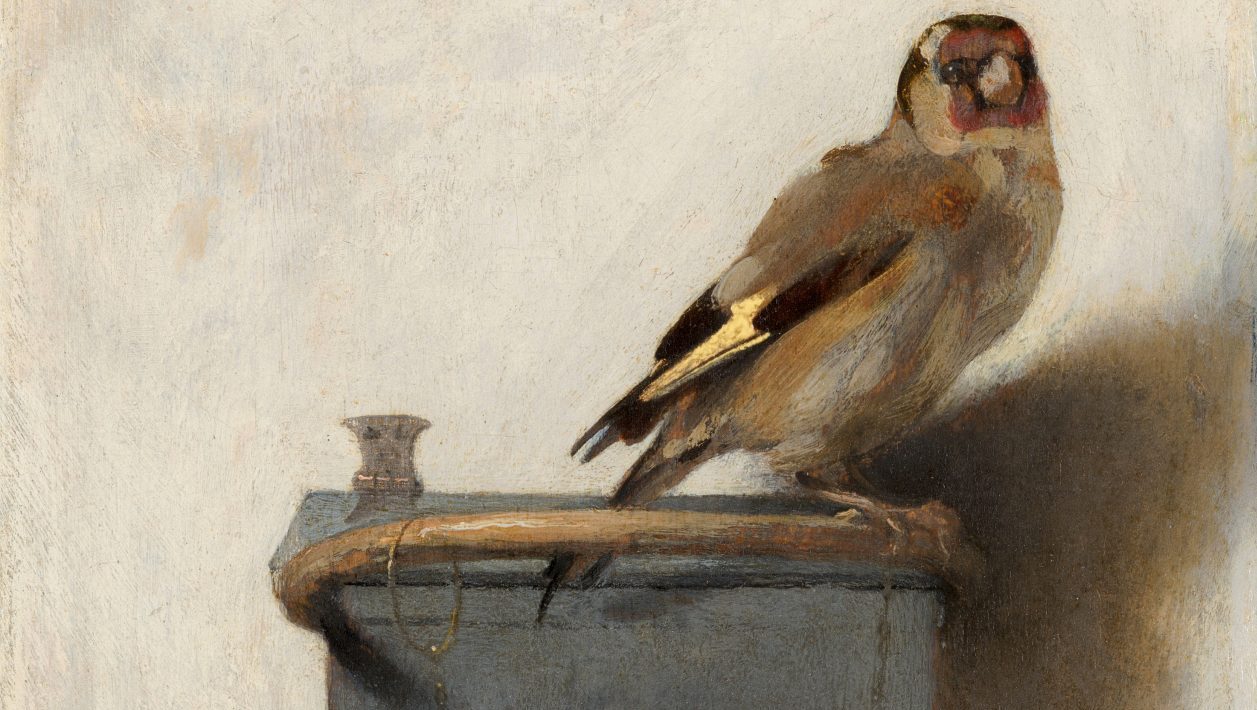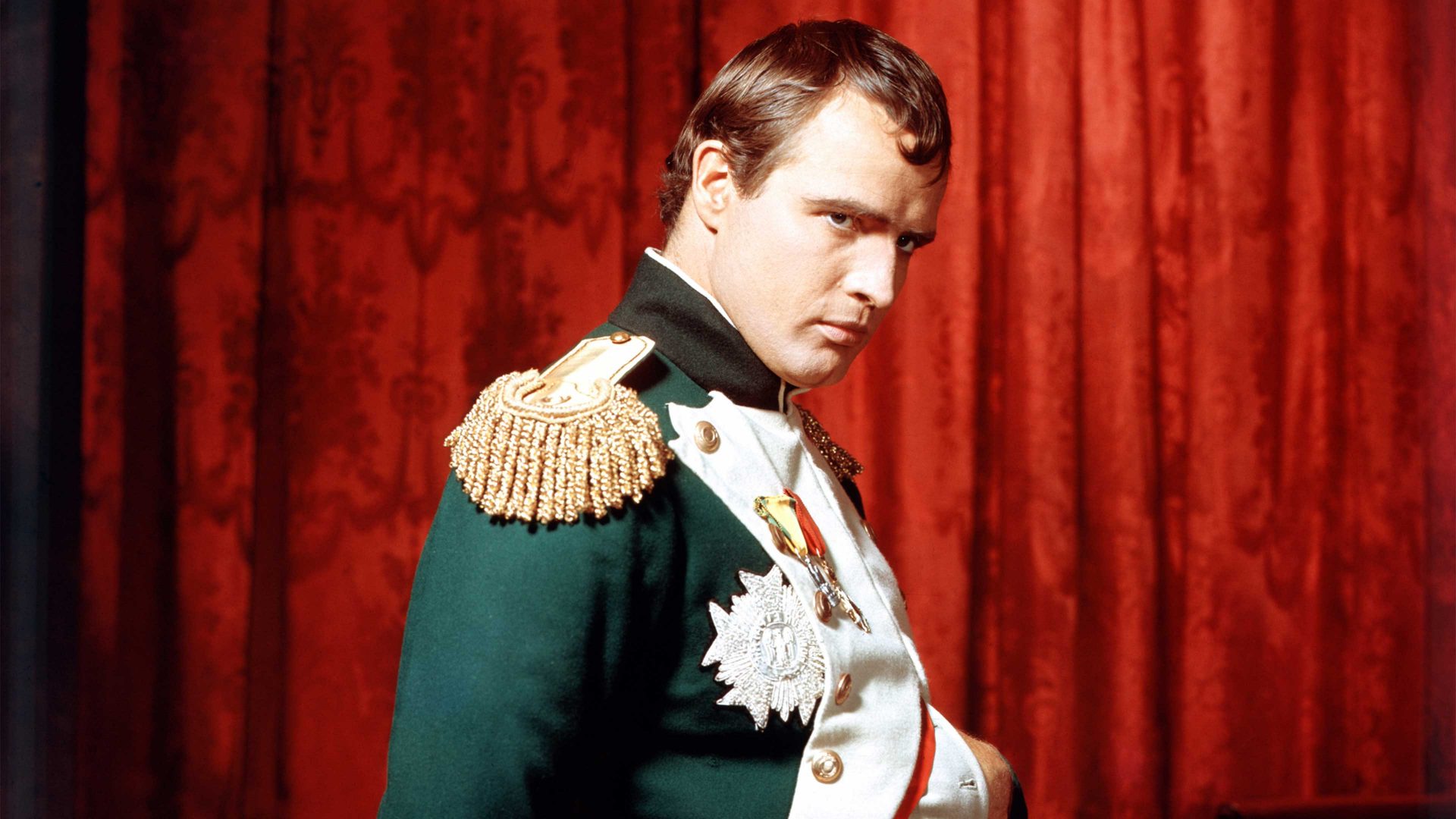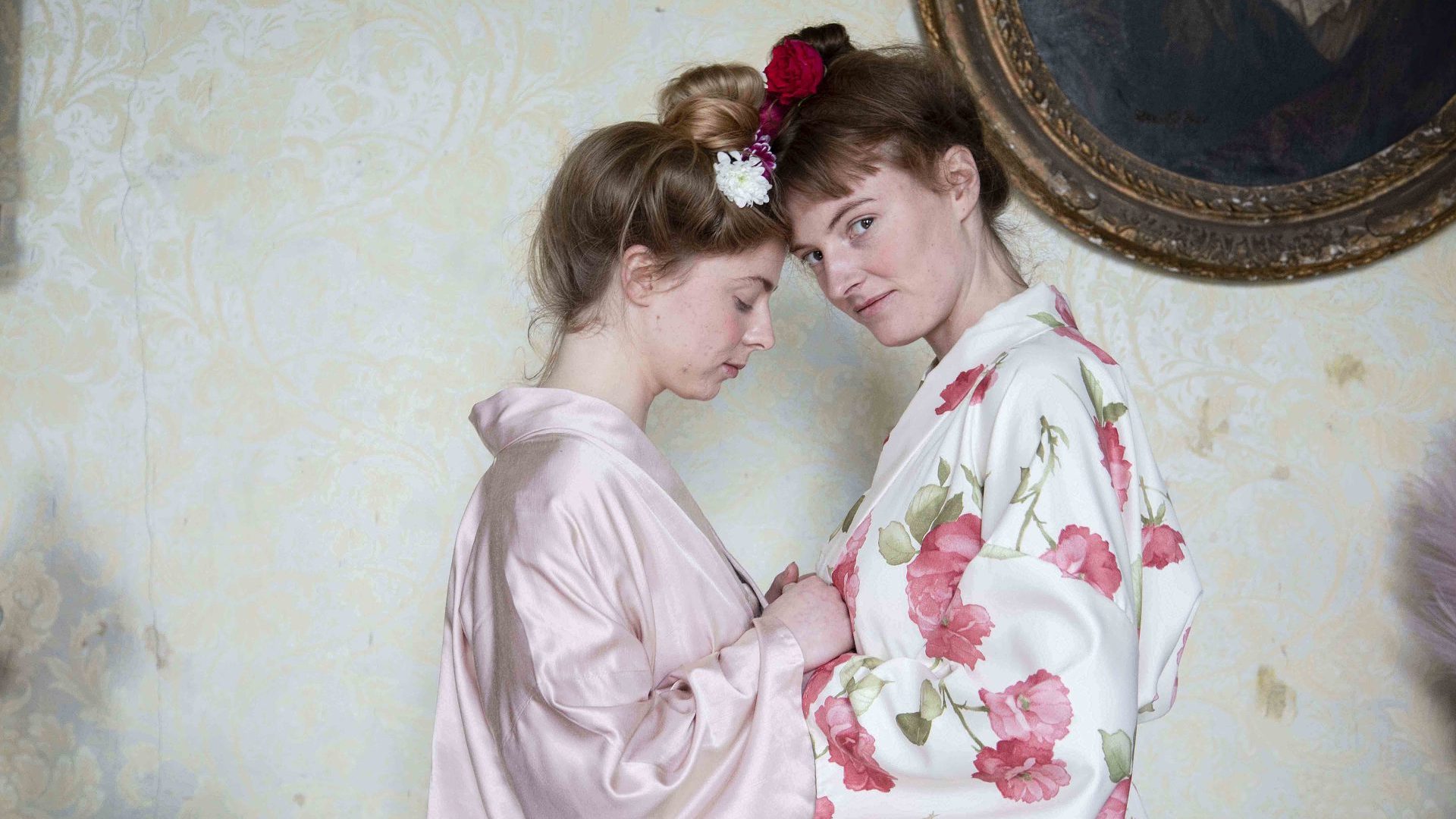After the tumult came the silence.
A strange kind of silence; maybe just a moment, maybe a minute, a stillness bridging everything that was and everything yet to come. A silence of the in-between.
There had been nothing unusual about Delft on the morning of October 12 1654. The shops were open, craftsmen went about their work, domestic staff went about their duties, people chatted in the street and some of them would have nodded at a civil servant named Cornelis Soetens as he passed on his way to the city’s gunpowder store, situated beneath an abandoned convent close to the centre. Pausing briefly in the street to light his lantern, Soetens descended the stone steps, selected the key from the bunch at his waist, placed it in the lock, turned it, for a fraction of a second the world was all brilliance, then there was no more Cornelis Soetens.
By the time the sound of the explosion was heard 70 miles away, silence had fallen over Delft. It was brief, pure even, but then the screaming began.
A quarter of the city was destroyed in an instant that morning – 200 buildings flattened, 300 more damaged. The sheer violence of the blast left fewer bodies to count than there should have been, but the number of dead ran well into three figures.
While Cornelis Soetens was trotting down the steps, a couple of streets away in a small house on Doelenstraat, a retired clergyman sat for a portrait by a 32-year-old artist named Carel Fabritius. While his assistant ground pigments beside him in the studio, Fabritius looked from subject to canvas with his brush poised, then Soetens turned his key and everything ended.
Fabritius was the only person in the house not killed instantly, dying in the hellish surrounds of the packed infirmary a few hours later as the sun set behind a smashed skyline. Maybe, if he was conscious, he noticed the moment of silence, the fleeting soundless liminality between chaos and aftermath, as he lay broken among the joists and fog of smoke and plaster dust.
Silence was, in a way, Fabritius’s business. As a key artist of the Dutch golden age, his paintings – including his most famous work depicting a goldfinch chained to its wall-mounted feeding box – were all about silence and stillness, pause and contemplation, quiet and introspection.
For all that it’s called Thunderclap, Laura Cumming’s beautiful meditation on Fabritius, Dutch art and love for her late artist father, is born of silence. There is the silence in the paintings of which she writes, the paternal silence spanning the 30 years since her father’s death and the silence between the scant mentions in the record that are all that have been handed down to us about the life of Carel Fabritius.
It was not The Goldfinch, whose fame was boosted by Donna Tartt’s 2013 novel of the same name, that drew Cumming to Fabritius. Instead it was a small painting hanging in the National Gallery in London of a man with a stall selling musical instruments on a Delft street corner with the city behind him that truly captivated her.
Cumming had just moved to the capital and embarked on one of those intense, ill-advised relationships that seem so significant in our 20s but are almost comically doomed from the start. On the way to visit her lover she would call in at the gallery to stand before the man in the shadows with the lute and viola on his table, sitting lost in thought with a city behind him. Her father had owned a book of self-portraits and as a child she had been struck by a painting by Fabritius in which he “appears profoundly watchful and inward. It is as if he hardly expected anyone to be out there looking back; as if he was painting his own burdensome silence”.
There are only 13 surviving paintings confirmed as by Fabritius, but they are enough to prove he is far more than mere a baton-passer between Rembrandt and Vermeer, the role ascribed to him by most art historians – possibly due to the small number of works and the limited contemporary documentary evidence of his life. But while academic historians are reluctant to speculate about gaps in the record, those silences are where Cumming thrives. Just as she did in her excellent 2019 family memoir On Chapel Sands, she thinks hard about what those silences might contain and presents plausible and frequently moving theories to fill them.
Fabritius was born in the freezing Dutch winter of 1622 to a rural parson in the village of Middenbeemster, built on land not long reclaimed from the sea. While still in his teens he married the girl next door and the couple soon moved to Amsterdam, where Fabritius was apprenticed to Rembrandt’s studio. A bright future beckoned, but within 18 months of their marriage his wife Aeltje was dead and so were two of their children. When their third child died shortly afterwards, it left Fabritius a widower and bereaved father of three at the age of 21.
Perhaps understandably, his story lapses into silence for the next seven years until 1650 when he marries a widow named Agnes van Pruyssen, but then he is largely out of sight again until his awful death four years later in the destruction of Delft.
This leaves us regarding Fabritius through “a cloud of unknowing far denser than mist”, but Cumming does an extraordinary job of coaxing this fascinating artist out of the wispy caverns of history, piecing together those scraps of information alongside the surviving pictures to present a fully-formed human being, while resisting the temptation to project a fantasy existence and fantasy persona.
Tantalisingly, there are hints of works long lost, like a double portrait of fellow artists and a 1660 petition by the widow of a Delft brewer asking that if the brewery were sold she be allowed to keep the work by Fabritius affixed to a wall inside it. An inventory of Vermeer’s home reveals that he owned at least three paintings by Fabritius, and Cumming makes a fair stab at establishing which ones they might have been.
Thunderclap would have been absorbing enough as a meditation on this enigmatic and undervalued artist alone, but it is much more than that.
“I cannot get enough of Dutch art,” she confesses, “a picture world as no other, a whole society visualised through time and place, seasons and generations, moment by moment.”
She has been exposed to it from an early age thanks to her father, the renowned Scottish artist James Cumming, of whom she writes beautifully in prose steeped in love and infused with admiration for the work that survives him.
“I once glimpsed a picture by my father framed in the upper window of a house as I passed by on a bus and it suddenly seemed to be leading a separate life of its own, nothing to do with me,” she writes. “Some days this is how he seems to me too, apparently dead for over 30 years but still thinking hard somewhere else.”
James Cumming inspired his daughter’s love of 17th-century Dutch art, a passion that revealed itself at unlikely moments. Visiting the Netherlands on a childhood family holiday, her father was taken ill and rushed to hospital where she caught a glimpse through a door of his supine form surrounded by medical staff. Immediately the tableau reminded her of Rembrandt’s The Anatomy Lesson of Dr Nicolaes Tulp, seen on one of the postcards given to her by a kindly family doctor as a reward for losing weight.
This lifelong immersion fires Cumming as she leads us through her highlights of the Dutch golden age. Many writers would have allowed Rembrandt to dominate, but here she brings artists into the spotlight like Gerard ter Borch, who painted remarkable scenes featuring his siblings, including his sister Gesina, in one painting captured with her back to the artist and her face reflected in a mirror as she hears a piece of news, “on the cusp between self-absorption and realisation”. Gesina ter Borch is also a brilliant artist of whom Cumming writes beautifully, especially about a portrait the siblings painted together from memory of their younger brother Moses, killed in battle at 22. We’re led through Jacob van Ruisdael’s paintings of the linen bleaching fields and the extraordinary Rachel Ruysch, who lived to be nearly 90 and was court artist to the Elector Palatine, so valued by him that she was allowed to work from home in The Hague.
Cumming’s responses to the art and artists are pitched perfectly as personal reactions rather than detailed art criticism, making this an accessible exploration of the period for enthusiastic dumdums like me seeking a way in beyond Vermeer but not knowing which way to turn given the sheer proliferation of extraordinary art emerging from the Netherlands in the middle of the 17th century.
The cause has not been served by some unexpected dumdums from the past. Cumming quotes several well-known historical figures who disparaged 17th-century Dutch art for being mere imitations of reality, mimicry rather than expression. Even when he found one he liked enough to own, Joshua Reynolds set about a Rembrandt with solvents to dissolve some of the paint and apply colours he preferred instead.
Cumming’s counter-argument is an emphatic checkmate, summing up the appeal of such trivial reproductions of lobsters and grapes as fizzing with what she calls “transcendent charisma”. Of the work of Adriaen Coorte, whose painting of a tied bunch of asparagus she brings luminously to life, Cumming writes: “these paintings by Coorte are life stilled, dense with the time taken to paint them”.
Each painting is a moment of silence that can be as long or as short as we like, an invitation to think, to look inwards, a silence stretched to infinity by the artist who created it and evoked in a book that, despite its deafening title, whispers to us of art and humanity so that we might better understand the world and better understand ourselves.




